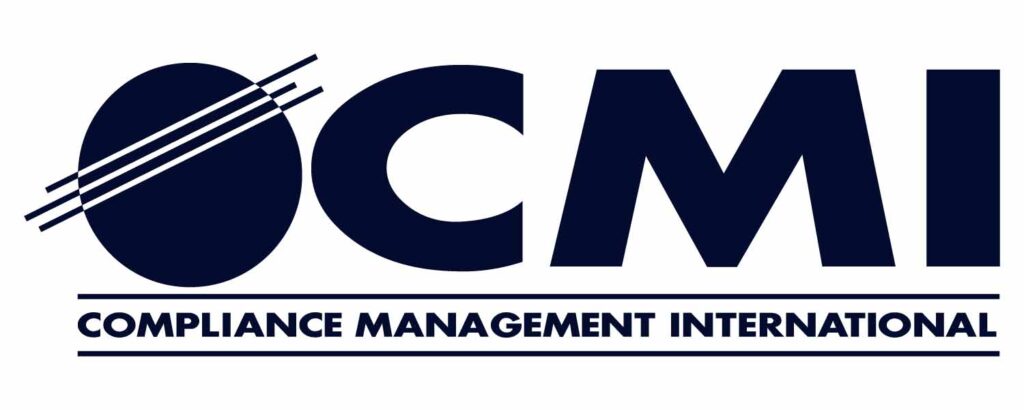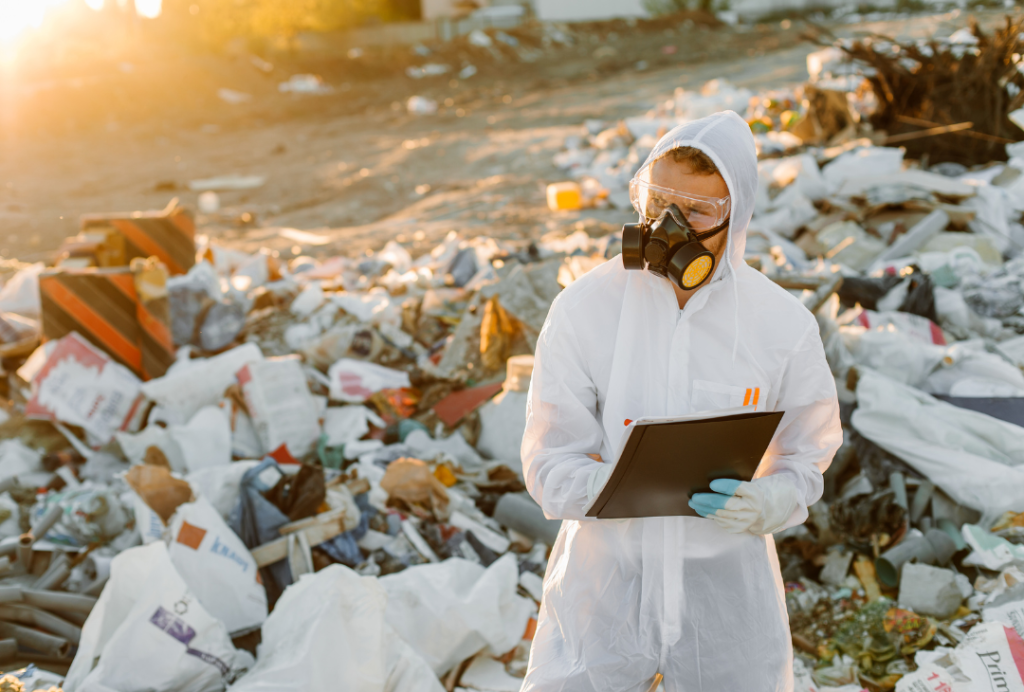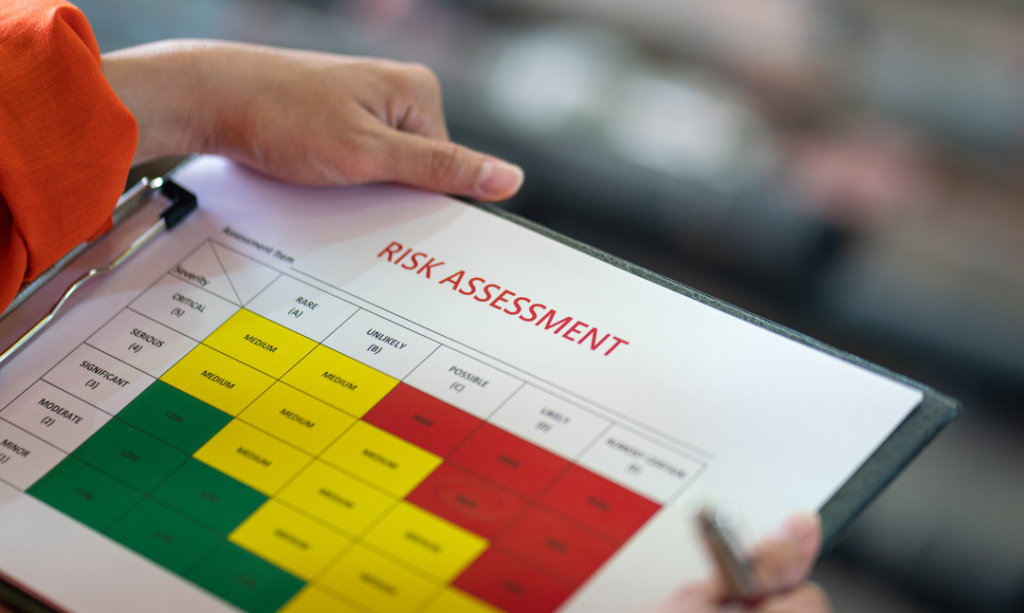In November 2021, ASTM International published E1527-21, an updated Standard Practice for Environmental Site Assessments: Phase I Environmental Site Assessment Process. The US EPA published a Final Rule on December 15, 2022, amending its All Appropriate Inquiries (AAI) Rule to incorporate the ASTM E1527-21 standard. This Final Rule, effective February 13, 2023, allows parties conducting due diligence to utilize the ASTM E1527-21 standard to satisfy the AAI requirements under CERCLA for the purpose of obtaining liability protections when acquiring potentially contaminated properties.
In the ASTM E1527-21 standard, there are items noted that are outside of the scope of the E1527-21, such as asbestos-containing building materials, radon, lead-based paint, wetlands, and mold. These are referred to as non-scope items, which can be discussed in the Phase I ESA Report if requested by the user of the report. The ASTM E1527-21 standard also discusses substances that are not defined as hazardous substances under CERCLA, including substances that are emerging contaminants, such as per- and polyfluoroalkyl substances (PFAS). PFAS are not identified as hazardous substances by CERCLA, and as such, are also not included in the scope of ASTM E1527-21 standard.
However, PFAS and other emerging contaminants may be considered a hazardous substance by states. If the Phase I ESA is being performed to satisfy both federal and state requirements, or as directed by the user of the Phase I ESA report, PFAS and other emerging contaminants can be discussed in the report as any other non-scope item. New Jersey and Pennsylvania have adopted standards for PFAS in drinking water and New Jersey has also adopted interim soil remediation standards. Several other states, including Maine, Massachusetts, Michigan, New Hampshire, New York, Rhode Island, Vermont, and Wisconsin have adopted enforceable drinking water standards. Many other states are in the process of establishing enforceable drinking water standards.
PFAS are a group of over 9,000 synthetic chemicals that are used in many industry and consumer products, including, but not limited to, non-stick cookware, stain-resistant textiles, food packaging, firefighting foam, medical devices, paints, personal care products, and makeup. PFAS can be fond in the air, soil, water, also fish and in humans.
As of May 2023, the US EPA has issued an Advance Notice of Proposed Rulemaking (ANPRM) asking for public input regarding potential future designations of PFAS. The public comment period ends on June 12, 2023. If and when PFAS are defined to be hazardous substance(s) under CERCLA, PFAS will need to be evaluated within the scope of the ASTM E1527-21 standard. Contact us if you have any questions regarding Phase I Environmental Site Assessments or PFAS.
Written by Philip Donmoyer, PG, LRD, Director, Geoservices



